Tag Archives cover crops
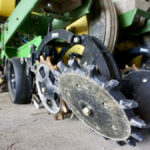
How to plant into thick cover crops
Two farmers share their strategies for planting green

Fall and full-season cover crops show promise in potato trials
Some varieties have shown yield increases and erosion control

Finding the tools to build soil
Intensifying wheat production can help make the soil-building crop more profitable
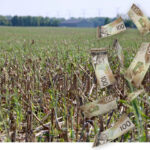
Cash flow and cover crops
Adaptation and experience reduce upfront costs and improve returns
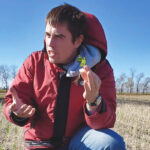
Survey aims to build cover crop data
There’s lots yet to learn about cover crop use in Ontario

Van Eerd, Denotter honoured with OSCIA Soil Champion Award
Roger and David Buurma recognized for on-farm ingenuity with Don Hill Legacy Award
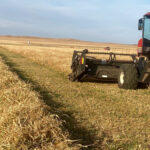
Let nature direct ecosystem health
Researcher says agriculture needs to learn from how water, soil function in nature
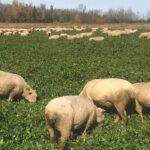
Relationships crucial for farm-to-farm cover crop grazing
Neighboring farmers find mutual benefit in livestock grazing, farming arrangement
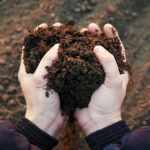
Finding the right fungus
First steps taken to identify and promote fungi beneficial in cropping systems

Cover crops reduce nitrate leaching
40-year rotation trials find diverse rotation makes for more resilient crops

